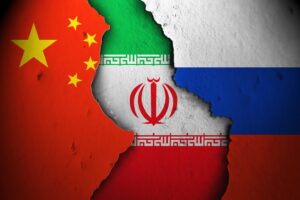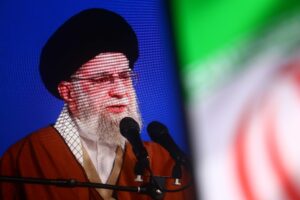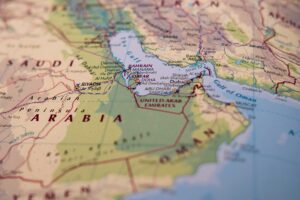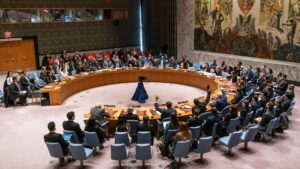The Man Who Created the Middle East is a biography that seeks to offer a more positive portrayal of a man whose name has become synonymous with colonialism and arbitrary borders in the Middle East. Written by his grandson, the book covers not just the years that would make Sir Mark Sykes infamous in posterity but rather a more comprehensive story of a man beginning with his childhood years until his death by the Spanish Flu, which claimed the lives of millions around the world.
From the outset, it is an engaging book with a well written narrative. Careful to avoid being bogged down in minute details, the author Christopher Simon Sykes smoothly covers events as varied as Sir Mark’s days as a Cambridge undergraduate to his time serving in the British Army during the Boer War.
The book does suffer from two principal faults. The first is that the author, perhaps due to his kinship, errs understandably on the side of sympathy as opposed to criticism. As for character flaws, such as the subject’s anti-Semitic and racial attitudes more generally, are simply attributed to being a sign of the times. On top of that, Sykes grand view of himself as being imperative to any solution that the Middle East needs is never fully addressed but rather just acknowledged as being questioned by his contemporaries who are nonetheless sympathetic in their assessment of the man.
The second is that of the aftermath. While acknowledging that there were long-lasting consequences of the Sykes-Picot Agreement, it tends to gloss over it too quickly. The book includes an epilogue that makes reference to the Islamic State demolishing the Syrian-Iraqi border but little is made of the intervening years. More egregious is the questionable claim made by the author (albeit by quoting someone else) that Sir Mark would have vigorously sought to undo the agreement that bore his name had he lived a few more years.
Despite these drawbacks, the book offers considerable light on a few different dimensions to readers who may not be particularly well read on the matter. A particular highlight is the emphasis put on Sykes relationship with his partner and French counterpart François Georges-Picot. Additionally, and more sustained throughout the biography, is Sykes’ fascination with the Middle East stemming from his childhood travels with his stern father and increasingly problematic mother. His disinterest in his studies during his time at Cambridge coupled with an intense curiosity about Ottoman provinces offers a characteristically human portrayal of the high official.
Most readers who pick up a copy will, undoubtedly, be most drawn to the final six chapters, which cover Sykes’ growing and decisive role in formulating British policy towards territories that are still ostensibly ruled by the Sultan sitting in Constantinople. With a panoply of who’s who that defined the region for the coming century, with figures such as T.E. Lawrence (of Arabia), Chaim Weizman, and Lord Balfour, the author manages to not lose track of Sykes in the midst of the planning, fighting, and negotiations of the First World War.
The book’s relative brevity (339 pages paperback), humorous use of the subject’s own illustrations and letters, and the author’s skill provides an interesting, but not authoritative, read to anyone who looks at the Middle East and wonders why the borders consist of such straight lines.

















